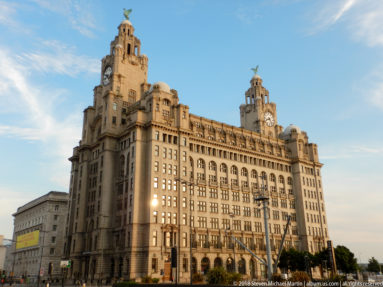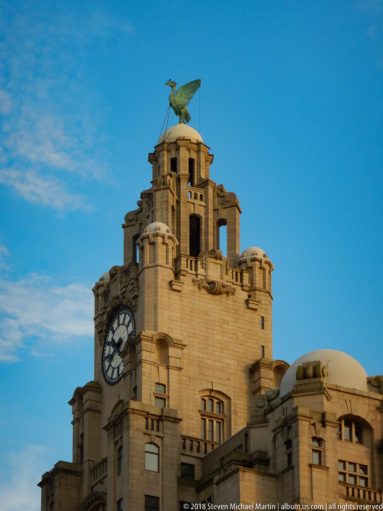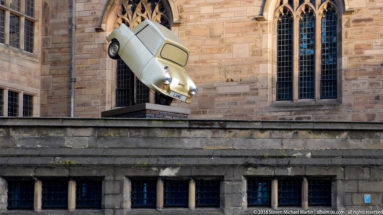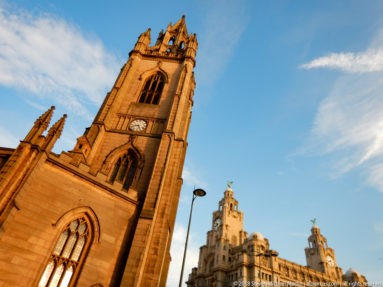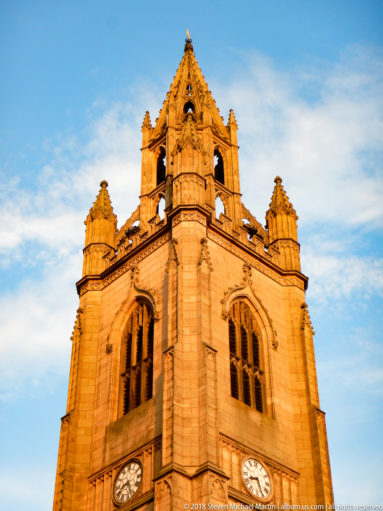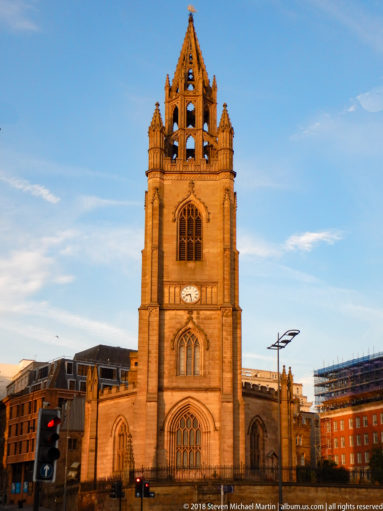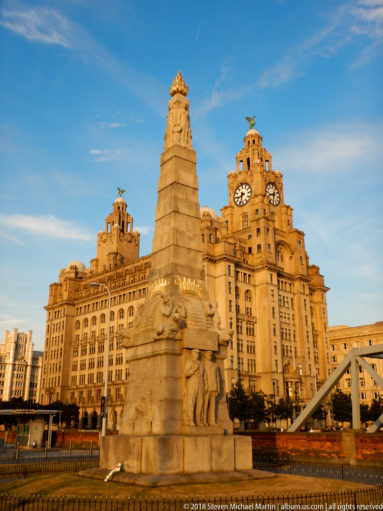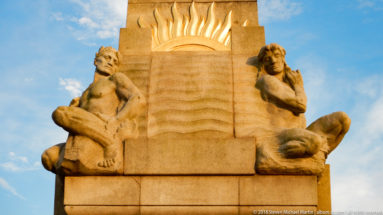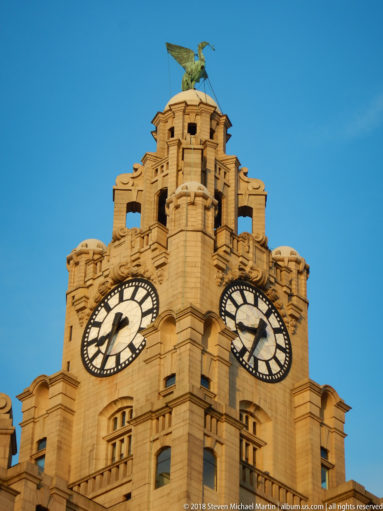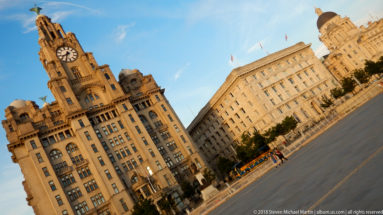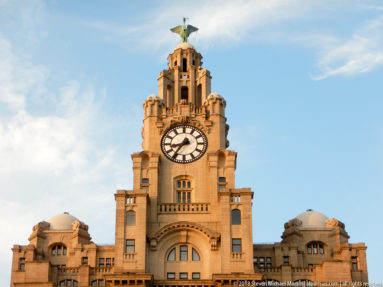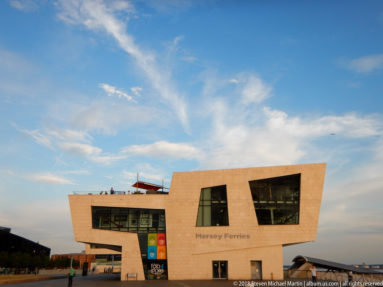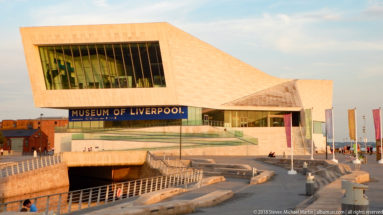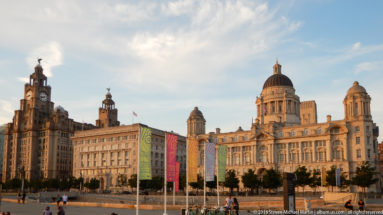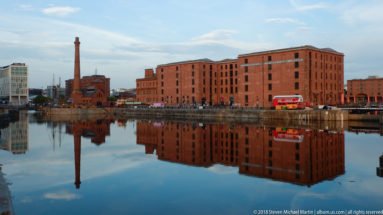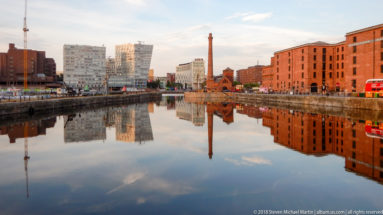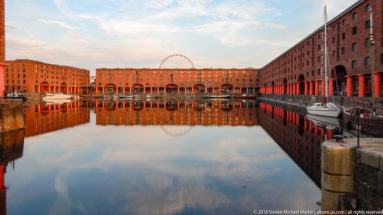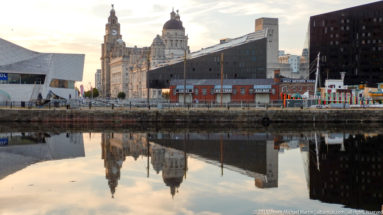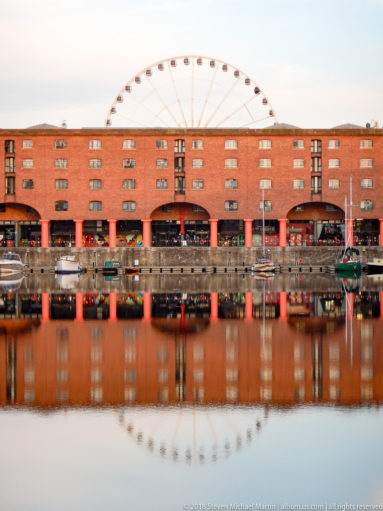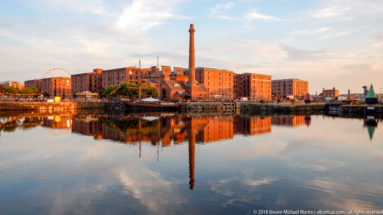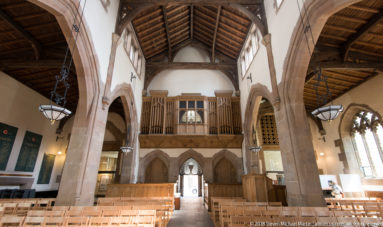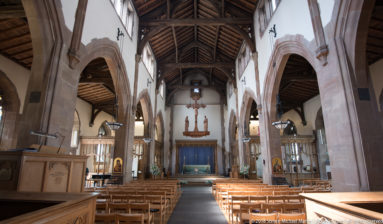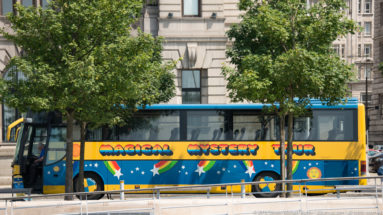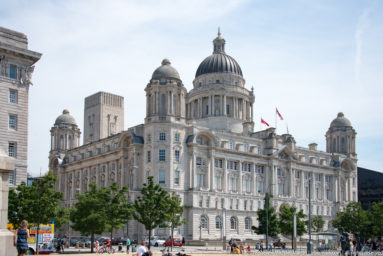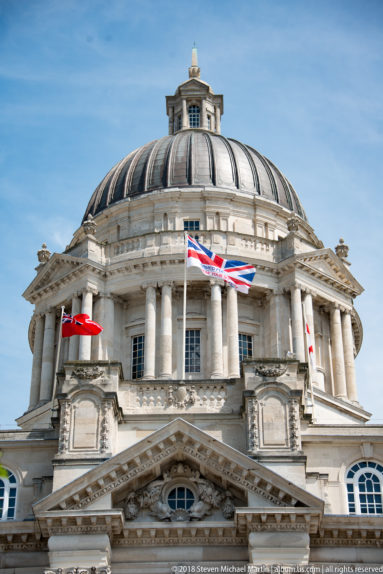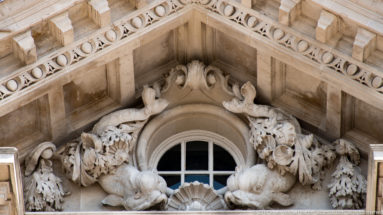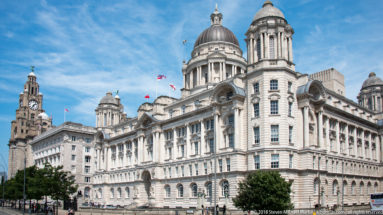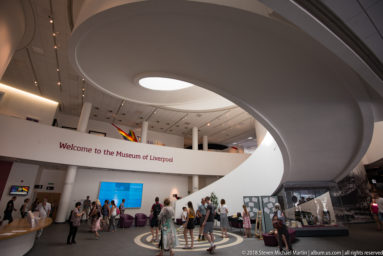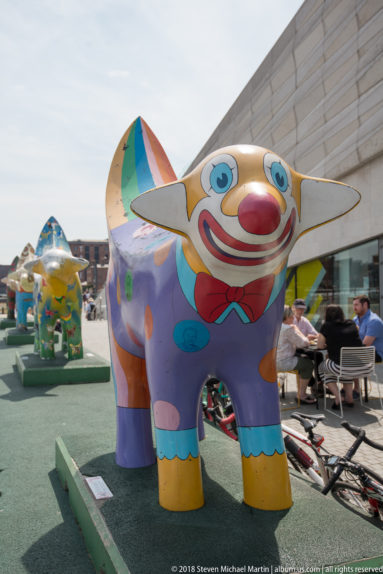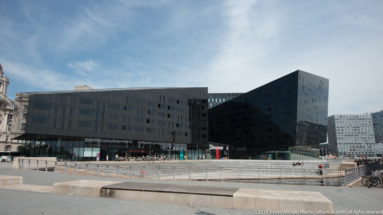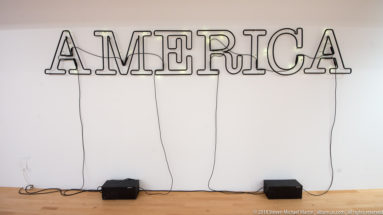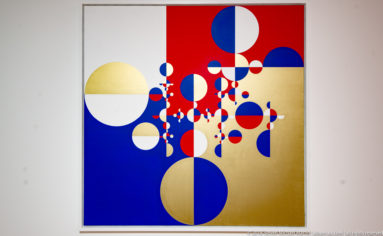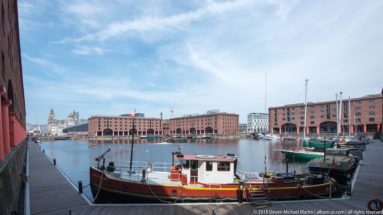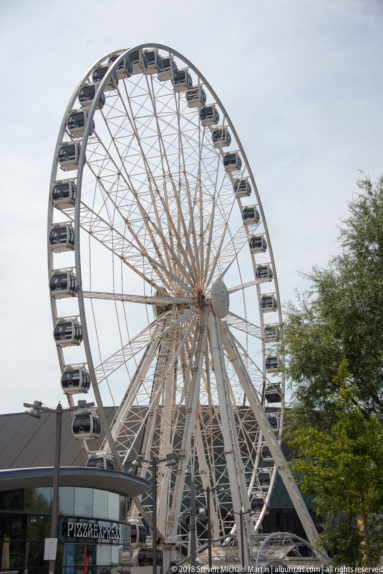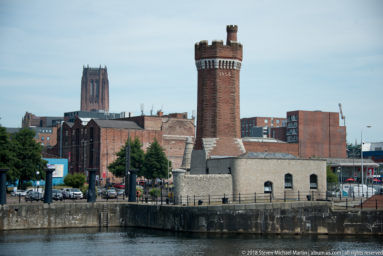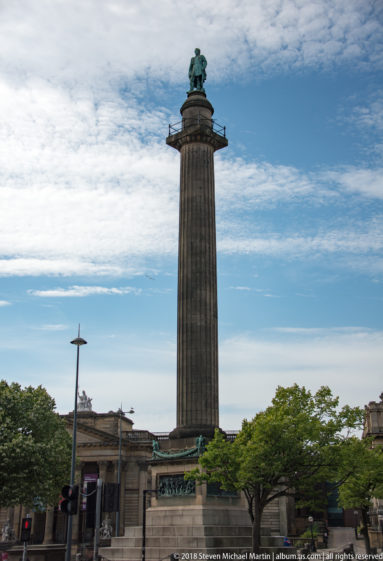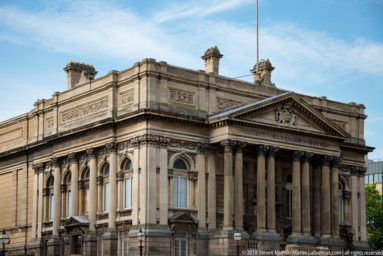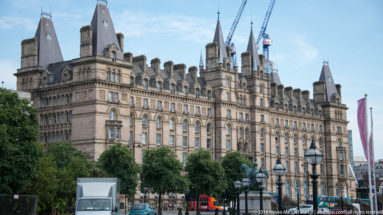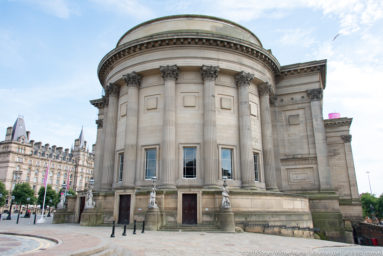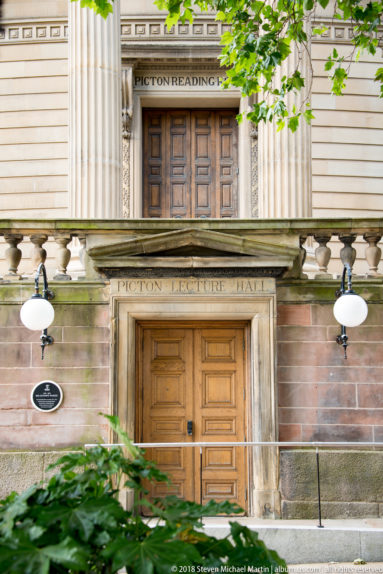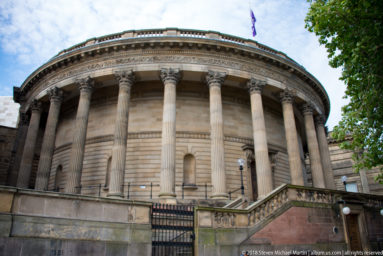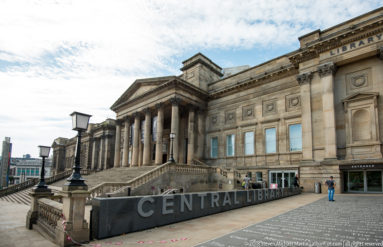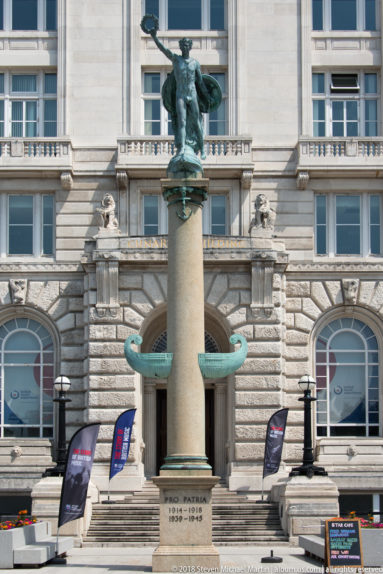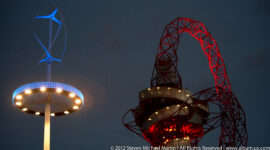(Scroll down past text for the portfolio of photos!)
When I told some people I just met (from London) that our next stop on our itinerary was Liverpool, they gasped. Why would I go to horrible Liverpool when there is so much more to see that is beautiful and quaint on the way to Edinburgh. Well they didn’t know me very well, but Liverpool was everything I was after!
The waterfront/docklands (Albert Dock and Tate Liverpool area), particularly at sunset is spectacular. I’m not much of a Beatles fan, so that didn’t really appeal to me. I can only think of one song “Hey Jude” and that’s about it. But that meant I was in Liverpool for all the right reasons.
Once a thriving city, years of downfall plagued this majestic city as it it does all places having tremendous wealth and prosperity when something better comes along or when human rights are finally fully appreciated. The city has had a recent resurgence, becoming a well-deserved UNESCO European Cultural Capital in 2008. Six city sites are recognized as maritime and mercantile achievements dating back to Britain’s most globally influential period.
In the 19th century, Liverpool was a major port of departure for Irish and English emigrants to North America. Home to Cunard and White Star lines, Liverpool was also the RMS Titanic’s and RMS Lusitania’s port of registry.
Great Britain was a major market for cotton imported from the Deep South of the United States, with textiles being a major industry in the country. Given the crucial place of both cotton and slavery in the city’s economy, the city was pro-Confederate (some photos show the Alabama House and Charleston House. At some points Liverpool was wealthier than London, explaining the grand civic buildings on William Brown Street.
Highlights included:
- Radio City tower on Queen Street, which marks the city’s center.
- The Royal Liver Building, with the 18-foot copper mythical “Liver Birds” birds on top, signaling the waterfront and River Mersey.
- Lime Street Station and William Brown Street, a boulevard of municipal buildings, including the Walker Art Gallery and World Museum Liverpool.
- Albert Dock, where you can find all the Beatles stuff and multiple other museums.
- Hope Street, which connects the city’s two cathedrals, both easily recognizable on the skyline. Liverpool Anglican Cathedral is the biggest church in Britain and Liverpool Catholic Cathedral is a color-filled modern Catholic Church that is so unique compared to its grand rival.
- Tate Liverpool resides in a converted Albert Dock warehouse as an offshoot of the London-based art galleries.
- Cavern Club has been reproduced because the original venue was demolished years ago. The club the still hosts live acts.
I think this city will continue to improve, as it already has so much to offer. It was truly a trip highlight in my humble opinion. I took 756 photos, most of which I opted not to post because I saw beautiful things everywhere I looked!

